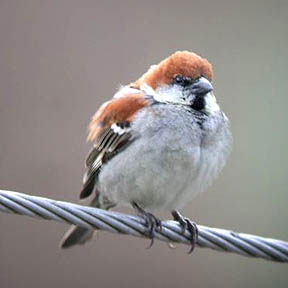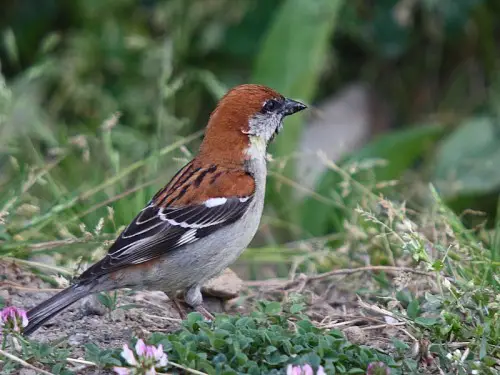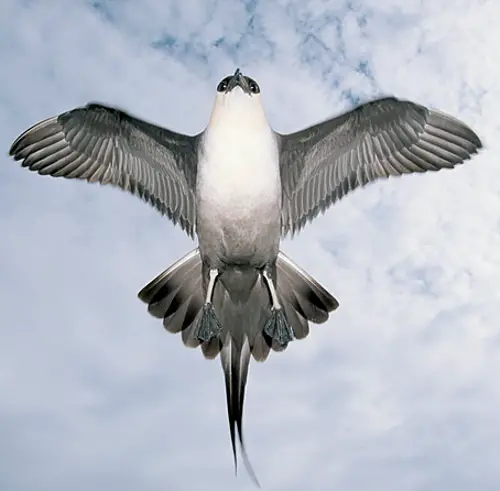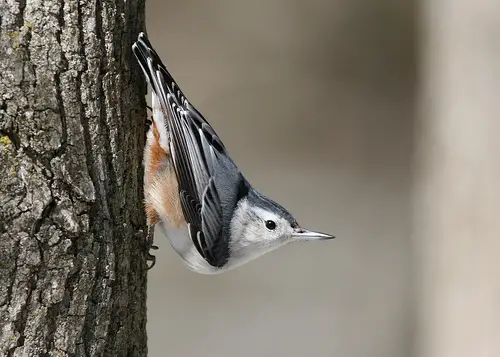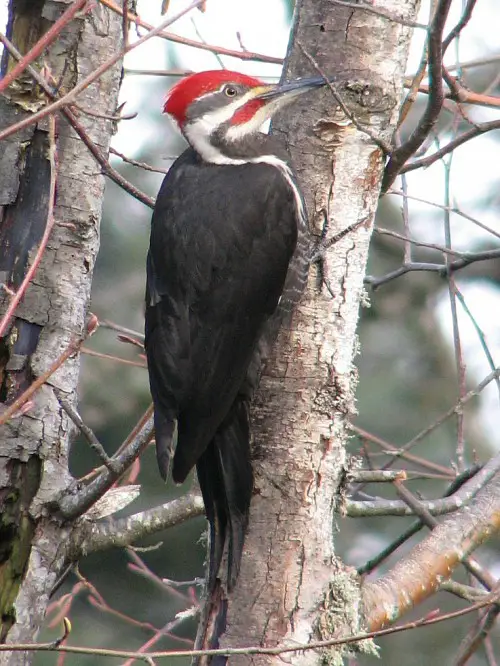Russett Sparrow
Also known as the Cinnamon Tree Sparrow, the Russet Sparrow is a bird tha was first described by the Dutch Zoologist, Coenraad Jacob Teeminck in 1835. The species he described was collected in Japan.
There are 13 subspecies of this sparrow, but only 3 of these are actually widely recognised. The nominate species is the Passer rutilans rutilans which is found in Korea, Japan, Taiwan, and central and southeastern China. The subspecies P. r. intensior was first described by Walter Rothschild in 1922 and is found in southwest China, as well as parts of India, Burma, Laos, and Vietnam. The 3rd subspecies, P. r. cinnamomeus was first described by John Gould in 1836. This bird breeds from the northern Arunachal Pradesh to Nuristan.
It is a little bird with a thick bill. Its body length is about 14 to 15 cm. Its plumage is usually iron red or auburn, and has grey underparts. There is sexual dimorphism, which is common to the House of Sparrow.
The sparrow is omnivorous. It mostly eats seeds of herbs and grains. However, it does also eat insects and berries especially during the breeding season. Its diet does make it a slight pest in some agricultural regions, but it is also a predator of insect pests.
During the breeding season, it becomes a non-social bird. This is because nests are dispersed. When they are not breeding, they will form a flock. However, they do not associate with any other bird species. Some Russet Sparrows do migrate to lower altitudes.
Nests are located in a hole in a cliff, a tree cavity, or a building. Male Russet Sparrows will choose the nesting site before they find a mate. The nest will then be used for courtship display. A typical clutch will contain 5 to 6 eggs. Both parents will incubate and feed its young.
As part of its range, the Russet Sparrow will inhabit towns. As mentioned above, they can be considered a minor pest of agriculture. It will damage some crops, but in the end it does eat the majority of the crops pests.
In China, the Russet Sparrow was recorded as a captive bird. It was kept with the Eurasian Tree Sparrow. In Japan, it was eaten in the 1870s and sold in the Yokohama game market. It has also appeared on postage stamps in Gambia, Japan, and Guyana.
